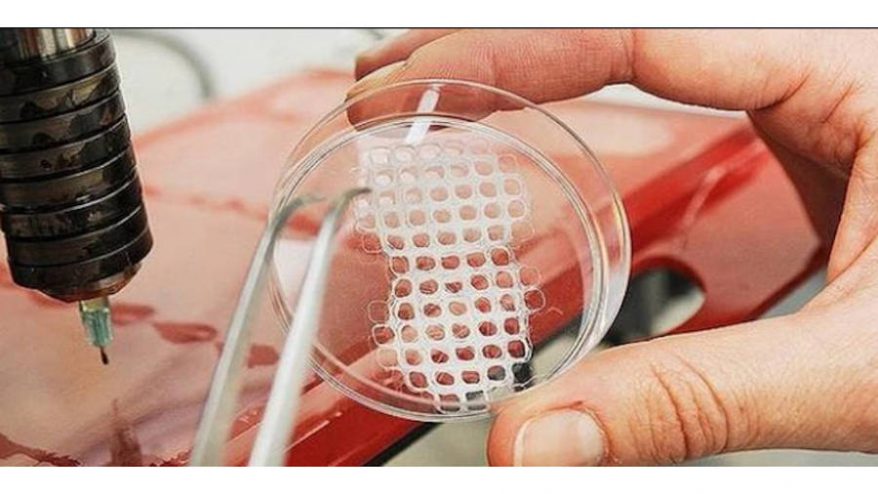
How Close Are We to 3D Printed Skin?


At 3DSourced we’ve covered everything 3D printing and 3D since 2017. Our team has interviewed the most innovative 3D printing experts, tested and reviewed more than 20 of the most popular 3D printers and 3D scanners to give our honest recommendations, and written more than 500 3D printing guides over the last 5 years.
As our largest organ, skin covers most of our bodies, and weighs an average of 20lbs in an adult. Damage to the skin can have severe consequences, such as from burns or rare diseases, and so scientists are looking to 3D print skin to prevent lifelong damage and for quicker and less painful recoveries.
3D bioprinting technology is still relatively new, but it’s already being applied in the real world. In 2019, one of the first papers was published on the applications of 3D printing living skin — even if it was only referred to as ‘an easy Band-Aid.’
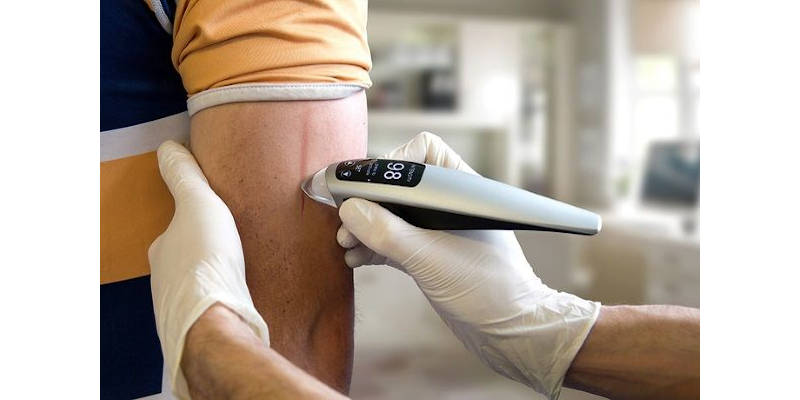
The world of biology is complex, and researchers are only now traversing the many hurdles that come with 3D bioprinting, and with the ability to use 3D printed skin.
Although still far from use in everyday medicine, this article will explain how 3D printing skin works, how 3D printed human skin research could potentially help burn victims in the future, and how long it will likely be until we can 3D print skin to help in future medical situations.
We also have a feature story on 3D printed organs and bioprinting
Or, you can read our feature story on medical 3D printing
What Is 3D Skin Printing?
3D skin printing is the ability to print human skin with a 3D bioprinter. Due to new advances in modern 3D printing technology, we are beginning to develop technologies to 3D print human skin from real living cells. The way this works isn’t simply about patching up, but making working human skin that acts as natural skin does.
While a band-aid is a decent temporary fix, 3D printed skin for grafts and cosmetic surgeries come from the manipulation of different cells to form the dermis and epidermis. Like stem cells, these cells will do what they are taught or ‘programmed’ to do, with the hopes of eventually making artificial human skin that can communicate with the vascular system and work like human skin as seamlessly as possible.
Initially, the researchers could only print a type of bonding agent that was compatible with human skin. While this acted as a barrier to prevent infection and aid with the healing process, it wasn’t able to directly contribute to the restructuring of cells like real skin would.
The answer to this was to make 3D printed skin featuring working blood vessels that would act as human skin in the same way a standard graft would. To do this, they would need to take biological compatibility into account to reduce the chance of rejection by the body’s immune system.
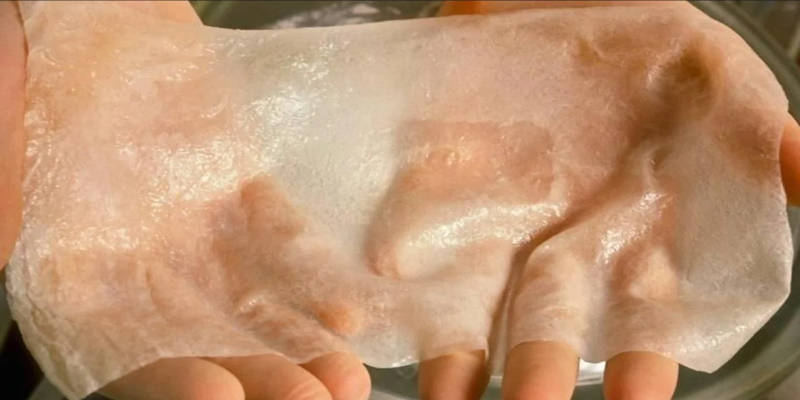
A functioning vascular system is integral to a successful graft as it aids the healing process by coordinating with natural skin, providing an extension to already-working biological processes rather than simply providing a protective cover.
Huge leaps have been made in 3D printed skin to help with smaller wounds and ulcers, especially in diabetic patients for whom healing can be much slower. However, 3D printed tissue is not yet at a stage to help with larger, more severe injuries like burns that can cause deeper nerve damage.
This is because the deeper, more complex nervous system is much more difficult to recreate in a lab.
What Does This Mean for Patients Today?
Although 3D printing has advanced phenomenally since its debut in the late 1980s, 3D bioprinting is still not commonly used. This is due to the difficulty of mimicking every part of a human organ or tissue, and the expense and time it currently takes to grow even the most basic parts of bioprinted organs.
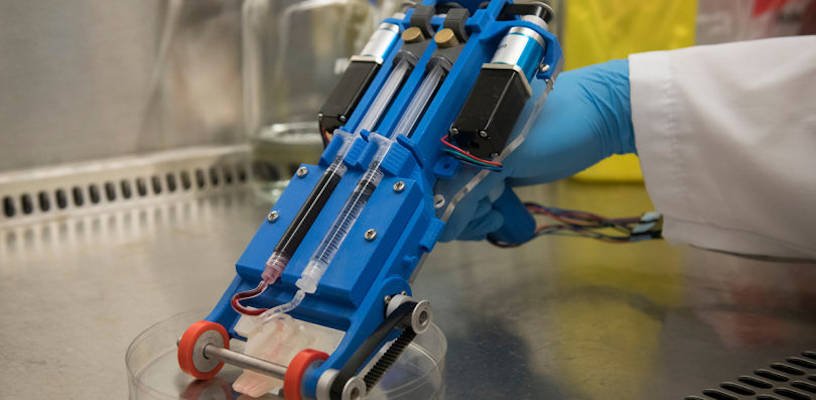
Trials are still underway, and while the research has seen many breakthroughs, 3D printed skin and tissue is neither ethically nor financially viable for regular use outside of research centers and departments.
3D Printed Skin for Surgery
In the last few years, research into 3D printed skin has opened up new potential applications across a number of different industries, from medical to cosmetic.
One of the main potential applications for 3D printed skin is skin grafts for burn victims. If skin cannot be grafted from the same patient, skin grafts need to come from donors. Donor skin can be scarce and hard to find in good time.
Due to the urgency of many skin injuries, the wait time for a donor can be the difference between life and death.
The successes of using 3D printed skin on mice was achieved through restructuring the artificial skin to incorporate working vascular systems. This has shown that similar processes can theoretically be applied to humans, reducing the need for donors and allowing for emergency surgeries to be performed sooner.
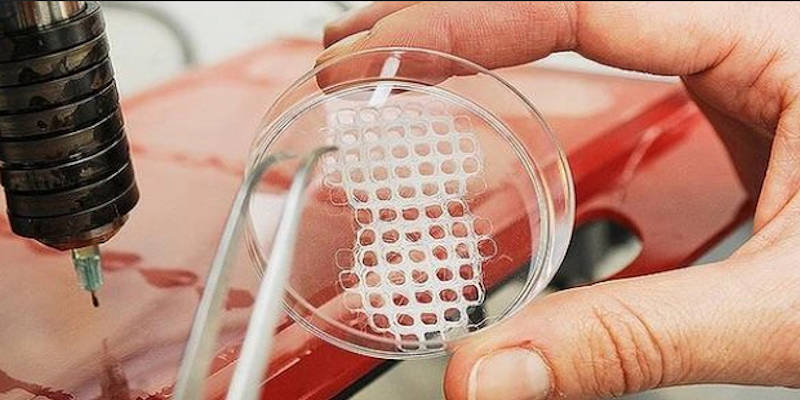
However, as of now the lack of viable technologies and methods to restructure a working nervous and vascular system in humans means that these are still just theories. 3D printed skin for grafts is not yet possible for serious injuries such as severe burns.
It’s not all good news, however. The negative side effects of 3D printed skin can be off-putting for many people.
Skin grafts from 3D printing have been known to grow hair after application, which, especially if you’re female, can be frustrating. They may also differ in color to a person’s skin tone.
However, tailor-made 3D bioprinters are always being fine-tuned. In fact, researchers at the University of Toronto developed a handheld 3D bioprinter which can be used for smaller, hard-to-reach injuries. This shows motions are still being made to improve the 3D printing process for medical applications.
Despite its power, this new handheld bioprinter is small in size and weighs less than a kilogram, and requires minimal additional training for medical professionals to use.
The durability of 3D printed skin is often discussed, though any concerns are often alleviated by trial results showing that 3D printed skin is just as durable as its natural counterpart — as long as it is applied correctly.
3D Skin Printing For Cosmetics
3D printed skin also has a variety of uses in the cosmetic world. 3D printed tissue has the potential to make animal and human trials a thing of the past by eliminating the need for live animal testing.
Companies like L’Oreal have sought to include bioprinting in the manufacture of tissues and even human hair for testing and transplants. The results have seen breakthroughs in Columbia University via the successful 3D printing of functioning hair follicles by mimicking how skin operates in relation to hair, thus closely mimicking human skin.
Read more: our full feature story on 3D printing hair
How Effective is 3D Printed Skin?
In terms of 3D printing of human skin, technology is yet to advance to the point of being used practically in hospitals. The world of bioprinting has vast technological and biological applications that could soon become mainstream.
The main issue is cost. Depending on the materials used, 3D printing can be an expensive venture. Like any medical technologies, 3D printed skin must be top quality to be both functional and safe. And so no expense can be spared.
3D printed skin has a long way to go before it becomes a valuable asset in everyday life. With the viable applications of 3D printed hair follicles in what’s being called ‘hair cloning’, we may not be too far away from being able to 3D print and clone functioning human skin.
Future Possible Applications For 3D Printed Skin
In addition to the clear medical uses as well as cosmetic and beauty benefits, there could be many more uses for 3D printable skin in the future.
Theoretically, 3D printed skin – especially with handheld devices – have important implications for field medics, especially as the technology grows and becomes more effective in treating burns (which account for roughly 30% of soldiers’ injuries).
3D printed skin could also herald good news for cosmetic surgeries and gender reassignments, which often use skin from other parts of the body to compensate for bodily reconstruction.




















